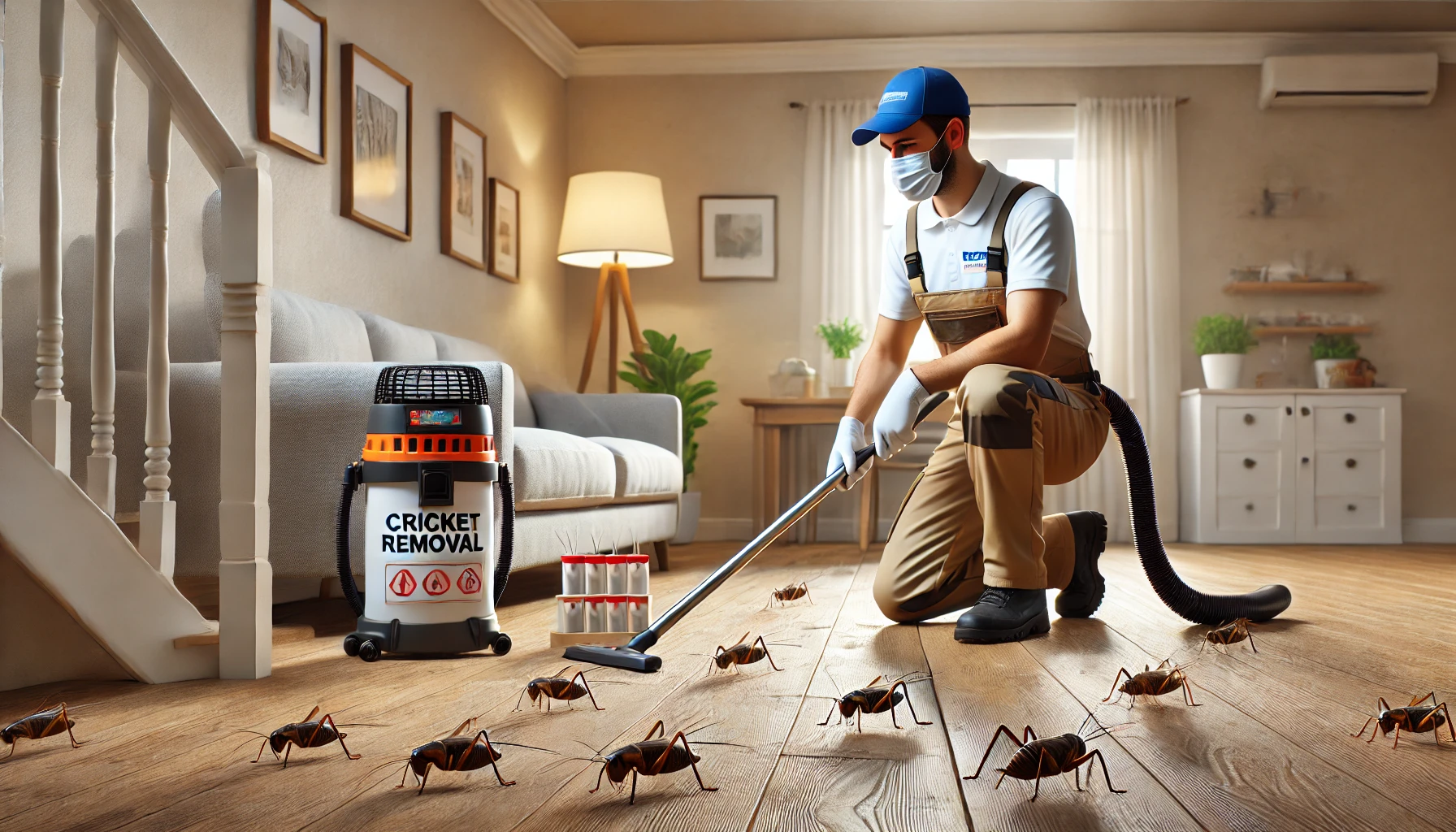Key Takeaways
- Crickets are omnivores, eating plants, insects, and decaying matter.
- Indoor crickets can damage natural fibers, paper, and houseplants.
- Gut-loading crickets ensures they are nutrient-rich for pets.
- Seal entry points and reduce moisture to prevent crickets indoors.
- Crickets need water and a varied diet to thrive, debunking myths.
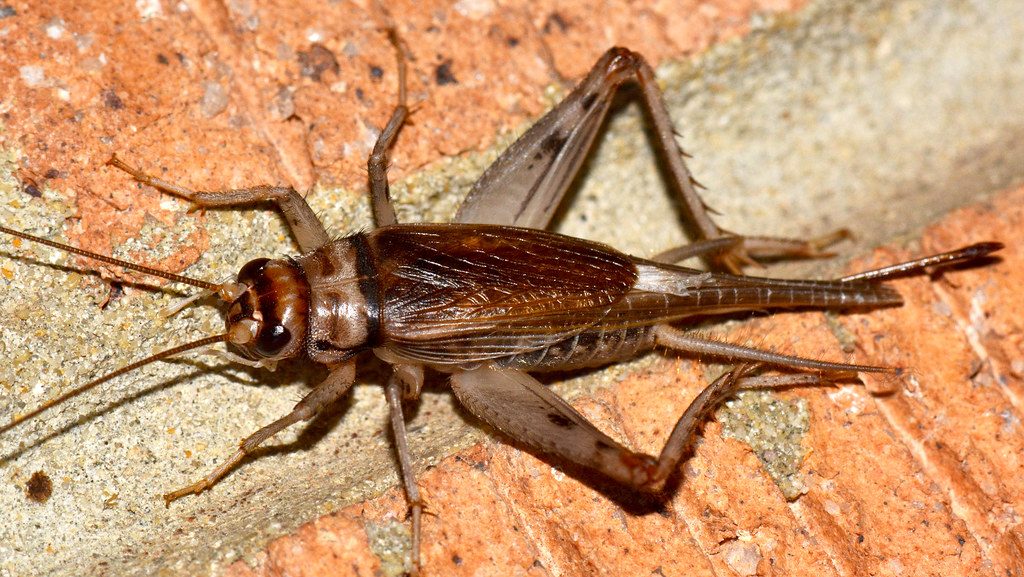 Have you ever sat on your porch during a warm summer evening, listening to the rhythmic chirping of crickets? It’s a peaceful sound—until those same crickets find their way into your home. Suddenly, their presence isn’t so relaxing.
But here’s something many homeowners overlook: knowing what crickets eat is crucial to keeping these small invaders away from your belongings, home and garden plants. So, let’s get straight to it—what exactly do crickets eat?
Have you ever sat on your porch during a warm summer evening, listening to the rhythmic chirping of crickets? It’s a peaceful sound—until those same crickets find their way into your home. Suddenly, their presence isn’t so relaxing.
But here’s something many homeowners overlook: knowing what crickets eat is crucial to keeping these small invaders away from your belongings, home and garden plants. So, let’s get straight to it—what exactly do crickets eat?
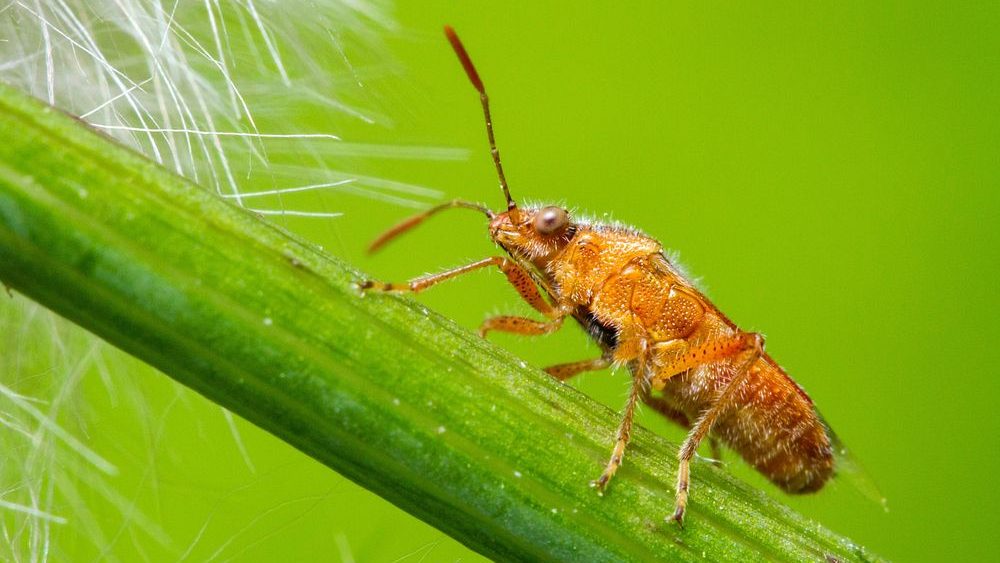

Not getting a solution?
Get your free pest control estimate today!Crickets Are Omnivores (They Eat Just About Everything!)
Crickets are fascinating omnivore insects known for their chirping sounds and adaptability to various environments. Whether they inhabit the wild or invade homes, their diet is crucial for their survival and reproduction. Understanding what crickets eat is essential for managing them as pests or caring for them as feeder insects. This guide explores their diet in the wild and indoors, provides feeding tips for raising crickets, and offers prevention strategies to keep them out of your home.
What Do Crickets Eat Outdoors?
Outdoors, crickets feed on tender plants, fruits, and decaying plant matter, including rotting leaves, fungi, and small insects. They are particularly attracted to young seedlings and ripe fruits like tomatoes, strawberries, and squash. Here are the following things:- Fresh Plants and Vegetables In gardens and yards across America, crickets regularly feast on plants. They prefer tender, green vegetation, including grass blades, young seedlings, flower petals, and leaves. If you’ve ever noticed your garden plants mysteriously sporting little holes, these nocturnal nibblers might be responsible. You know what? Tomatoes, lettuce, squash, strawberries—nothing is off-limits when crickets are hungry. Young plants and seedlings, in particular, are vulnerable because they’re tender and easy to munch on. For homeowners tending a garden, cricket infestations can quickly go from minor irritation to major headache. Fruits and Fallen Produce Ripe and overripe fruits fallen from trees or bushes attract crickets, too. Apples, pears, peaches, berries—crickets aren’t picky. Once fruits fall and start decaying, crickets jump right in for the free buffet. Garden cleanup suddenly becomes more than aesthetics; it’s pest control. Decaying Plant Matter & Fungi Crickets adore moist, rotting vegetation. Piles of leaves or mulch in your yard are like a five-star hotel buffet to crickets, especially camel crickets and cave crickets, which thrive in dark, damp spaces. These crickets also munch on fungi and algae found growing around your yard, helping break down organic debris (good for your garden, less so for cricket control). Other Small Insects & Animal Matter Crickets don’t shy away from protein. Small insects, insect larvae, and even dead bugs offer extra nutrients. Crickets aren’t active hunters, but they’re opportunists, gladly eating injured or slow-moving bugs when they stumble upon them. Strikingly, crickets sometimes become cannibals in overcrowded conditions, feasting on weakened or dead crickets.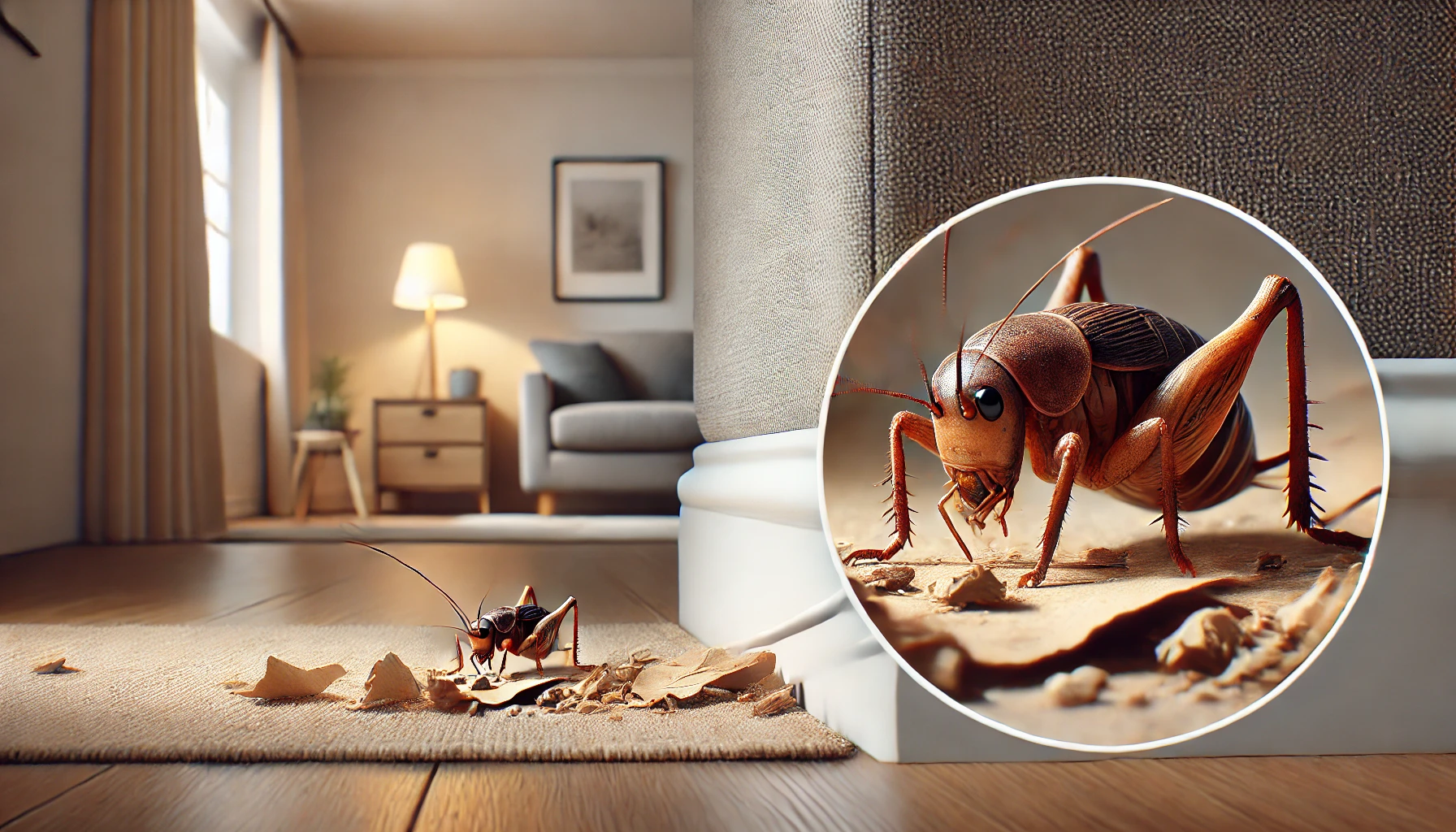
What Do Crickets Eat Inside Your Home?
If crickets venture into your home—and honestly, many of us have experienced this at some point—they adapt quickly to what’s available. While they won’t raid your fridge, they certainly can ruin your belongings. Fabrics and Clothing Here’s the kicker for many homeowners: house crickets are known fabric destroyers. Wool sweaters, silk scarves, cotton shirts—crickets don’t discriminate. They chew small, irregular holes into fabric, typically attacking items with food stains or sweat residue. Ever pulled out your favorite sweater only to find mysterious holes? Crickets might just be the culprit. Paper Products Paper goods aren’t safe, either. Cardboard boxes, newspapers, wallpaper glue, book bindings—crickets find these items surprisingly delicious due to starches and adhesives present. Old books stored in damp basements or cardboard boxes in closets become prime cricket territory. Stored Foods and Pantry Items Crickets adore the crumbs you accidentally drop on the kitchen floor. And if given the chance, they invade pantries, gnawing through cardboard boxes or thin plastic packaging to access cereals, grains, pet foods, and even crackers. Beyond just the nuisance, cricket presence in food storage can lead to contamination and spoilage. Houseplants Indoor greenery may not be safe if crickets invade your home. They’ll nibble at your indoor plants, especially smaller, tender varieties. Houseplants may develop ragged leaves and minor damage. It’s usually cosmetic, but in larger infestations, plants can weaken considerably.Feeding Captive Crickets
Not everyone is annoyed by crickets—some homeowners keep them as pets or feeder insects. When raising crickets, diet matters. Well-fed crickets mean healthier reptiles, amphibians, or fish if you’re using them as feeders.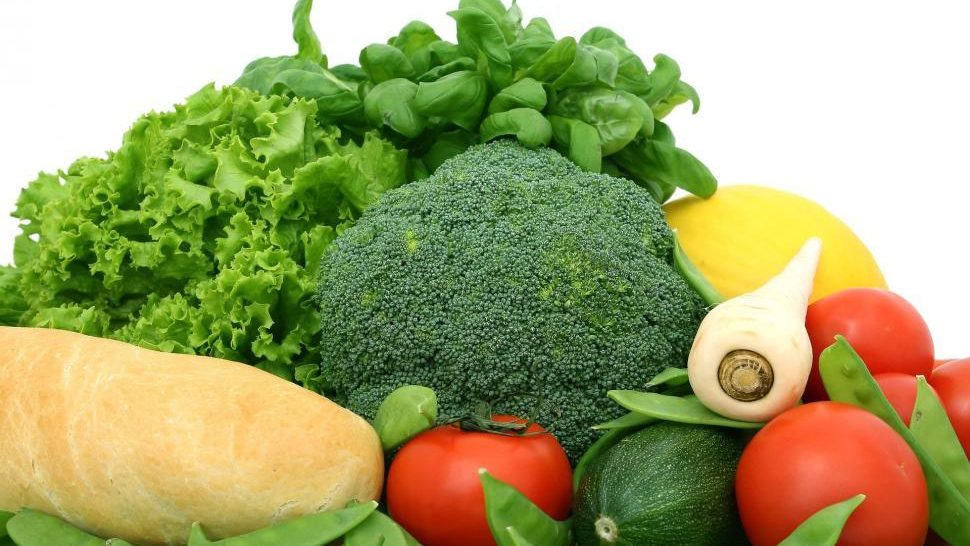
Vegetables
Offer carrots, lettuce, kale, potatoes, broccoli, and cucumber slices for essential nutrients.
Fruits
Include apples, bananas, grapes, and berries to boost energy and hydration.
Grains
Feed oats, wheat bran, and rice to support gut health and energy.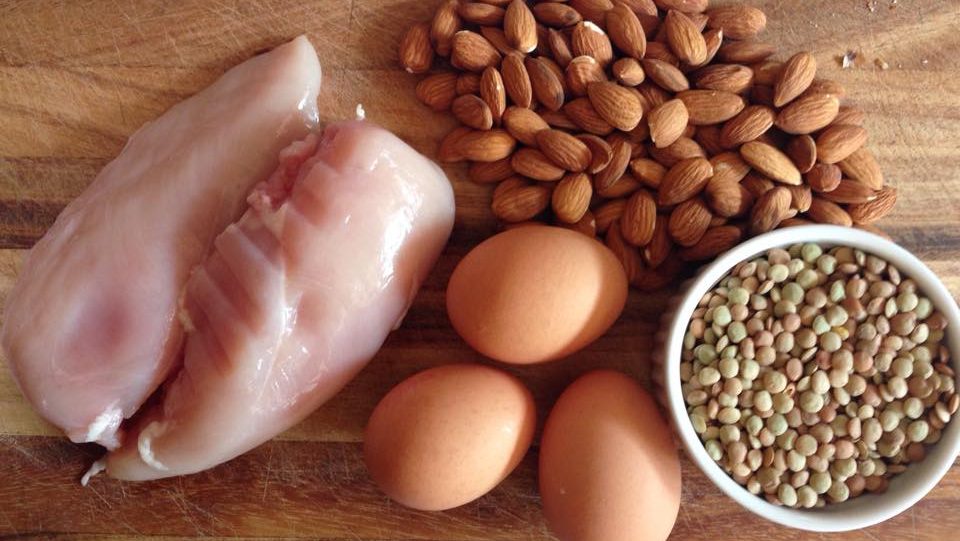
Protein
Supplement with small amounts of dry pet food or tropical fish flakes for protein.
Water
Use damp sponges or gel crystals to hydrate crickets safely without drowning risks.
Crickets as Prey (Who Eats Crickets?)
Just as crickets feed on various foods, they’re also essential food sources for many animals, birds, and insects. Frogs, lizards, birds, spiders, small mammals, and even bats rely on crickets for nutrition. If you’re experiencing cricket infestations, encouraging these natural predators—like attracting birds to your yard—can help manage cricket populations naturally.Preventing Cricket Problems at Home
- Understanding cricket diets isn’t just fascinating—it helps in prevention. Here’s how you can reduce cricket attractiveness:
-
Store Foods Properly: Keep pantry items in airtight plastic or glass containers to prevent access.
-
Manage Outdoor Debris: Clear yard waste and fallen fruits regularly to reduce outdoor attractants.
-
Seal Entry Points: Close off gaps around windows, doors, and foundations to keep crickets out.
-
Reduce Indoor Moisture: Use dehumidifiers and fix leaks to make your home less appealing to crickets.
-
Control Lighting: Switch to yellow bulbs or limit nighttime lighting to avoid drawing crickets indoors.
Myths and Facts About Cricket Diet
| Myths | Facts |
|---|---|
| Crickets only eat plants. | Crickets are omnivores, feeding on plant matter and small insects. |
| Crickets can survive without water. | Crickets require water to stay hydrated and healthy. |
| Crickets will only eat fresh food. | Crickets consume decaying organic material, fabrics, and paper when indoors. |
| Pet crickets don’t need a varied diet. | A balanced and nutritious diet is vital for pet crickets’ health and longevity. |
| Gut-loading crickets is unnecessary. | Gut-loading enhances the nutritional value of crickets for pets. |
